What if we could make chess even more unpredictable by adding a chaos factor? Something that could reignite creativity from start to finish. Few modern chess innovations fit this quite like Chess960.
Chess960, also known as Freestyle Chess or Fischer Random Chess, is a revolutionary chess variant. This innovative type of chess shuffles the starting position of the pieces on the back rank.
Each starting position creates an entirely fresh experience, challenging even the strongest grandmasters.
This forces players to rely on pure chess understanding and creativity from the very first move.
What is Chess960? A New Way to Play
Chess960 is a chess variant that keeps most of the rules and objectives of standard chess.
But instead of beginning every game with the same piece arrangement, the back rank pieces are randomly shuffled according to specific rules.
The legendary World Champion Bobby Fischer championed the variant. His primary aim was to reduce memorization of openings in competitive chess.
He believes deep theoretical knowledge has overshadowed pure chess skill and creativity.
The name “Chess960” derives from the 960 unique starting positions possible under the variant’s specific randomization rules.
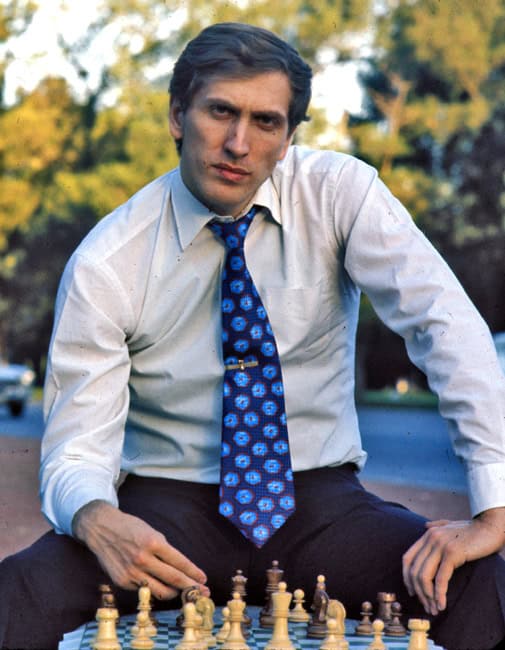
The Rules of Chess960: Key Differences
Chess960 uses the same board, pieces, and fundamental rules as traditional chess. However, some specific Chess960 Rules distinguish it from the conventional game. These include:
Starting Positions: 960 Possibilities
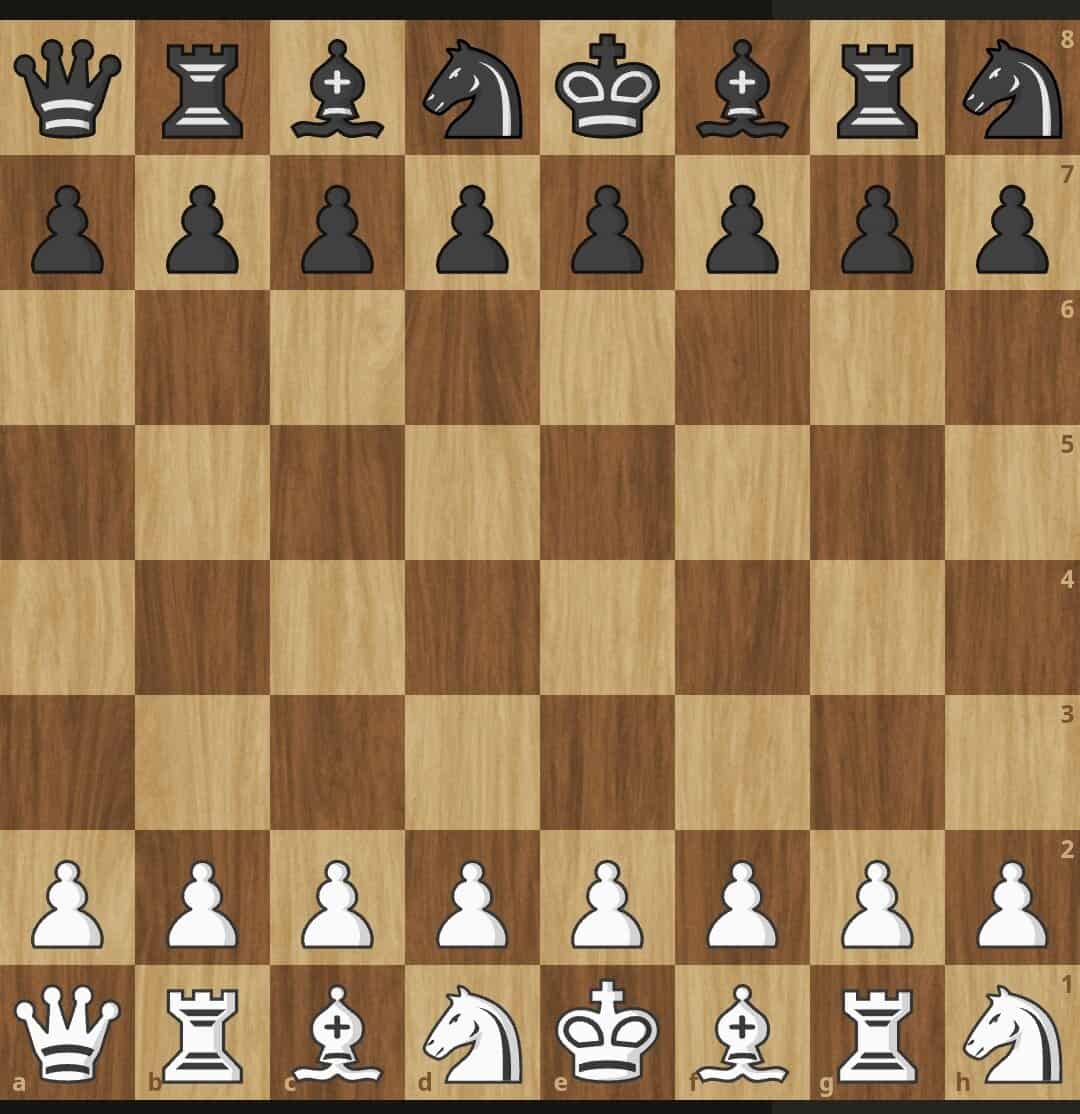
The heart of Chess960 lies in its randomized starting positions. While pawns remain on their traditional second and seventh ranks, the pieces on the first and eighth are shuffled.
However, this shuffling isn’t completely arbitrary. Two crucial rules govern each setup:
- The King must be placed somewhere on the squares between the two Rooks.
- The Bishops must be placed on squares of opposite colors (one on a light square, one on a dark square).
All other pieces (the Queen and the two Knights) can be placed on any of the remaining back-rank squares.
White’s back-rank setup is mirrored precisely by Black’s. This arrangement creates the mathematical possibility of 960 distinct starting positions.
Castling Rules: Adapting to Change
The castling rules in Chess960 are as close as possible to standard chess. But castling in Chess960 requires special attention because of the different starting positions of the kings and rooks.
The key concept is that, regardless of initial piece placement, the king and rook always land on their traditional castling squares.
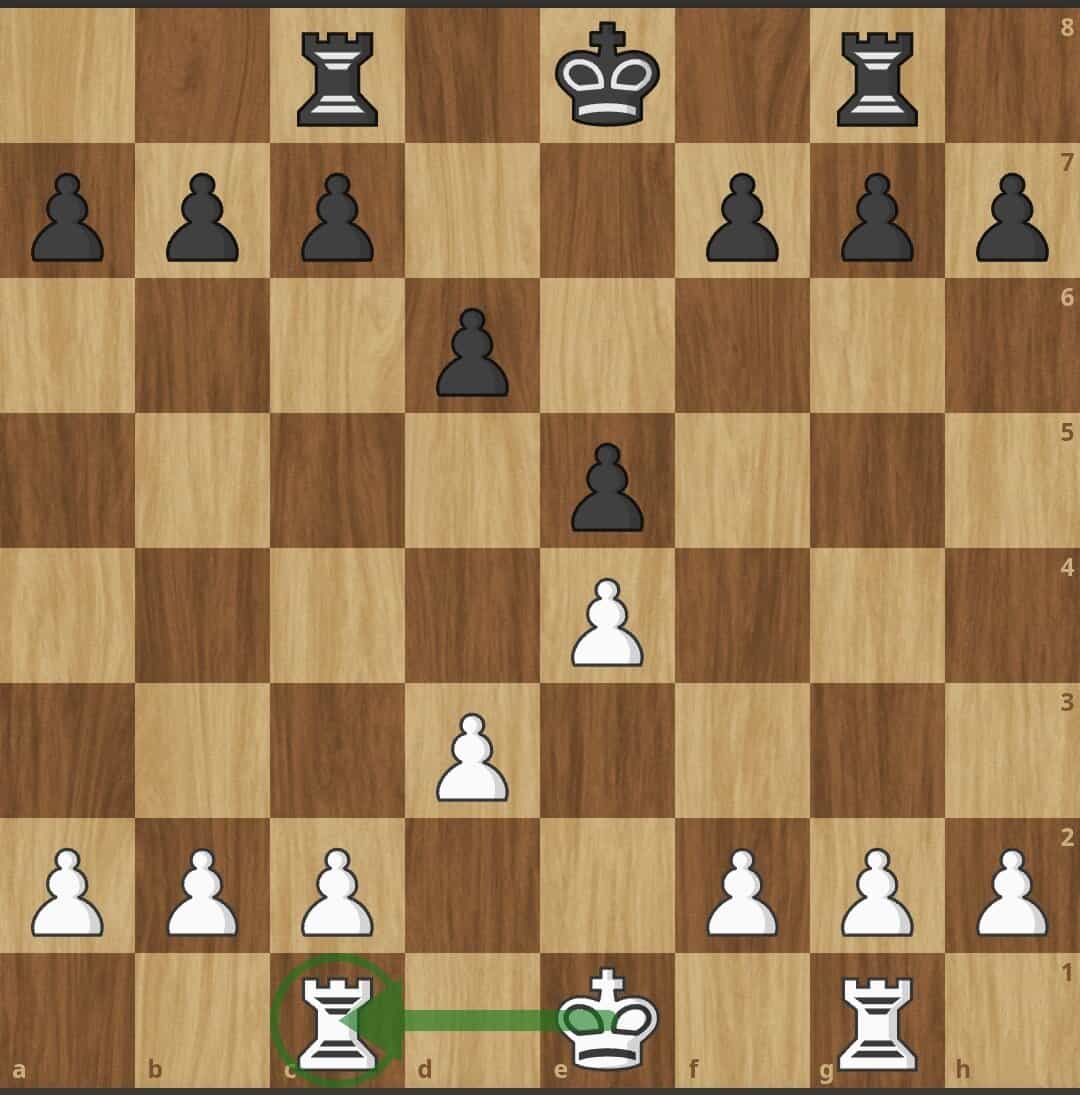
- In kingside castling (0-0), the king moves to g1 (White) or g8 (Black), while the rook lands on f1 (White) or f8 (Black).
- Queenside castling (0-0-0) places the king on c1 (White) or c8 (Black), with the rook moving to d1 (White) or d8 (Black).
- The king and rook must not have moved previously, just as in standard chess. Also, neither piece can be under attack, and no pieces can occupy the squares between them during castling.

Chess960 Strategy: A Fresh Approach
Chess960 Strategy is less about regurgitating known opening lines. The goal is to apply core chess principles to more novel situations.
Opening Principles: Thinking Outside the Box
Forget about memorizing the King Indian Attack or the Ruy Lopez. The best chess openings for white are often useless in Chess960 positions.
In Chess960, your opening plan must be planned on the fly. Players cannot rely on lines analyzed by engines like Stockfish for standard opening positions.
Central control remains key. Players must carefully evaluate each unique position to determine the most effective way to influence the center with pawns and pieces.
Knights remain flexible and can be strong in unfamiliar opening positions. Bishops starting in corner squares (a1, h1, a8, h8) can be fianchettoed immediately with one pawn move.
The key to successful Chess960 opening play lies in maintaining piece harmony. Avoid situations where pieces obstruct each other.
The game can be played on a standard chessboard, but the strategies deployed will be far from standard.
Tactical Awareness: Adapting to the Unknown
Chess960 creates unique tactical situations that rarely appear in standard chess. The unusual starting positions can generate immediate tactical opportunities or vulnerabilities.
This means from the very start, players must quickly identify and address these tactical motifs.
The randomized setup often produces odd pawn structures and piece placements. This leads to sharp tactical play earlier than in standard games.
Players used to gradual positional maneuvering may find themselves in complex tactical battles within the first few moves.
Endgame Considerations: Navigating Unfamiliar Terrain
Endgame principles remain unchanged in Chess960. Players must be prepared to handle a broader range of endgame types than they might encounter in standard chess.
The unusual starting positions may create early imbalances that persist into the endgame.
Players must carefully consider how the initial setup affects long-term pawn breaks and the activity of pieces.
Players who can adapt their endgame knowledge to these less familiar scenarios will have a significant advantage.
Understanding various chess formats, including four-player chess variants, can broaden a player’s strategic horizons.
Chess960 vs. Standard Chess: Key Comparisons
The most apparent difference between Chess960 and standard chess lies in the absence of opening theory. Chess960 begins anew with each new position, offering fresh objective ideas.
Creativity plays a more significant role in Chess960, as players cannot rely on established patterns and plans. This often produces more exciting and unpredictable games.
Middle-game complexity often emerges earlier in Chess960 due to the unusual starting positions. Players may find themselves in rich, complex positions within the first ten moves.
Both forms of the game are, of course, chess at their core, and are popular on platforms like Chess.com and Lichess.
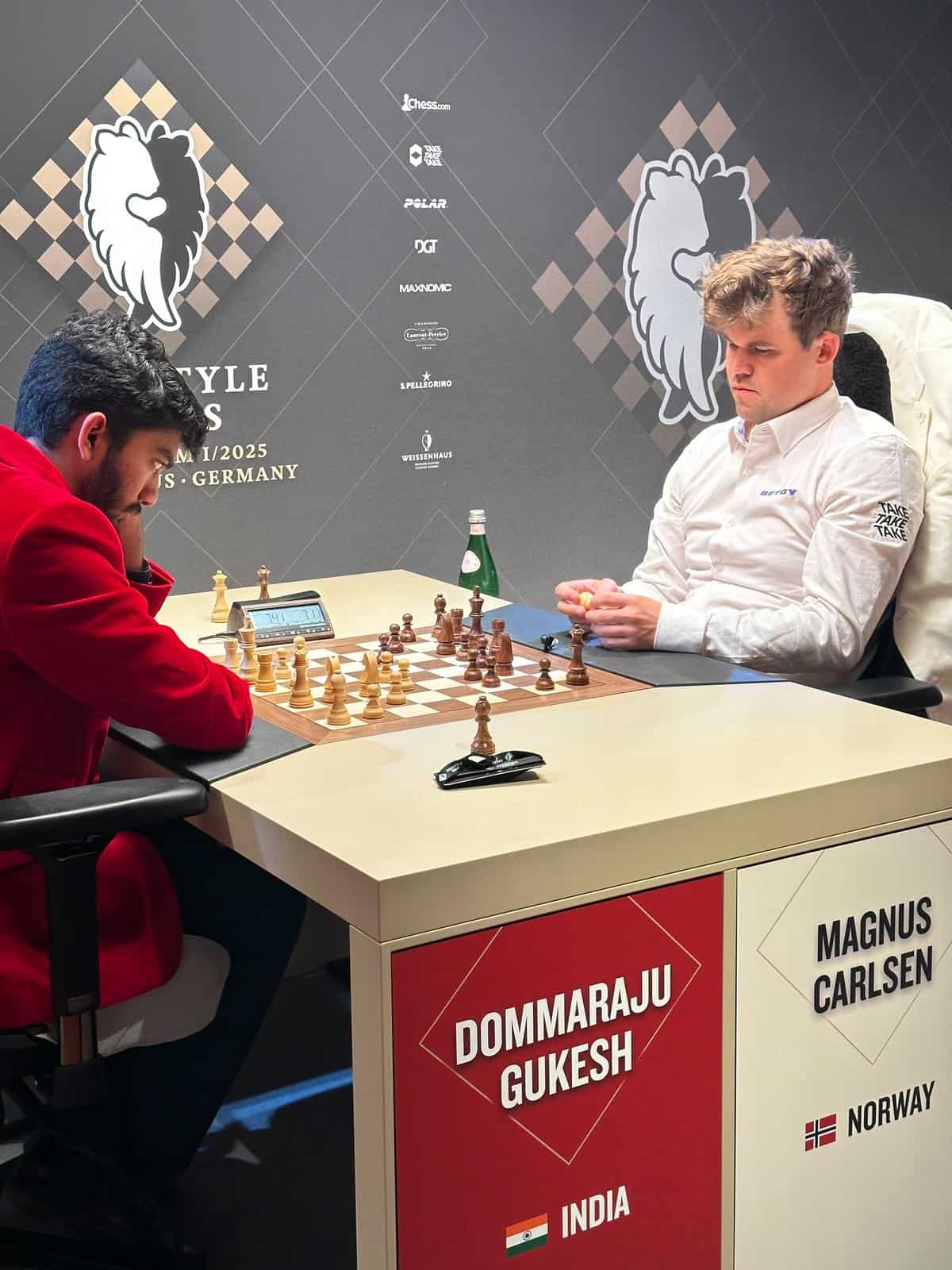
Why Play Chess960? Benefits and Challenges
Chess960 encourages players to rely on fundamental chess principles rather than memorized sequences.
It sharpens tactical awareness, positional understanding, and calculation as players navigate unfamiliar positions.
The variant levels the playing field between players of different opening preparation levels.
However, the variant requires more mental energy from move one. Time management also becomes more difficult when every move requires careful consideration from the beginning.
The absence of familiar patterns can be disorienting for players used to standard opening sequences.
The need for constant calculation and evaluation from move one can be mentally exhausting.
Conclusion: Embracing the Variety of Chess
Chess960 represents one of the most successful innovations in chess history. It has breathed new life into the ancient game while preserving its essential character.
This Freestyle Chess variant offers a pure test of chess ability that rewards understanding over memorization.
Like other popular variants, such as four-player chess or bughouse chess, Chess960 expands the possibilities of chess while honoring its traditions.
With the growing popularity, it won’t be surprising if Chess960 continues to challenge the usual status quo, just like the Magnus and Freestyle Chess vs. FIDE’s battle.
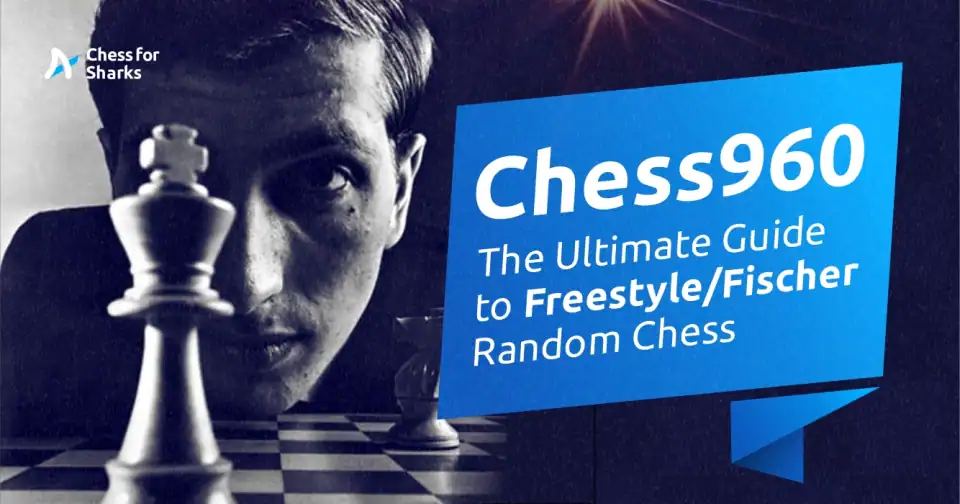


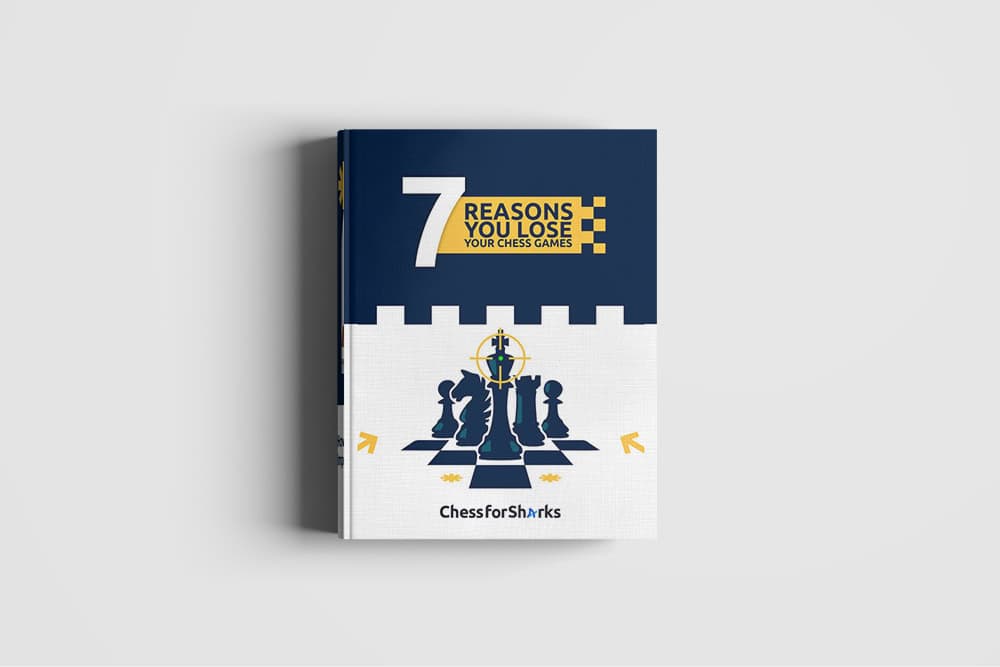

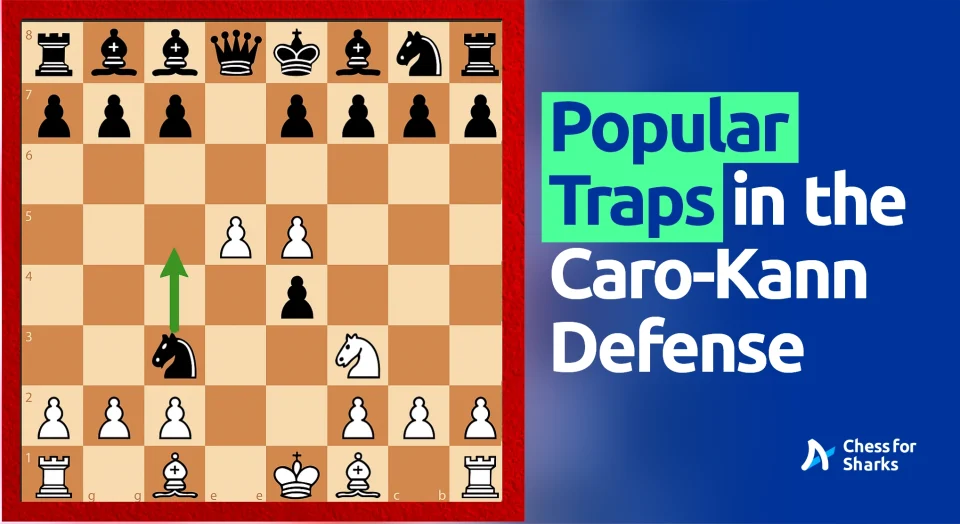
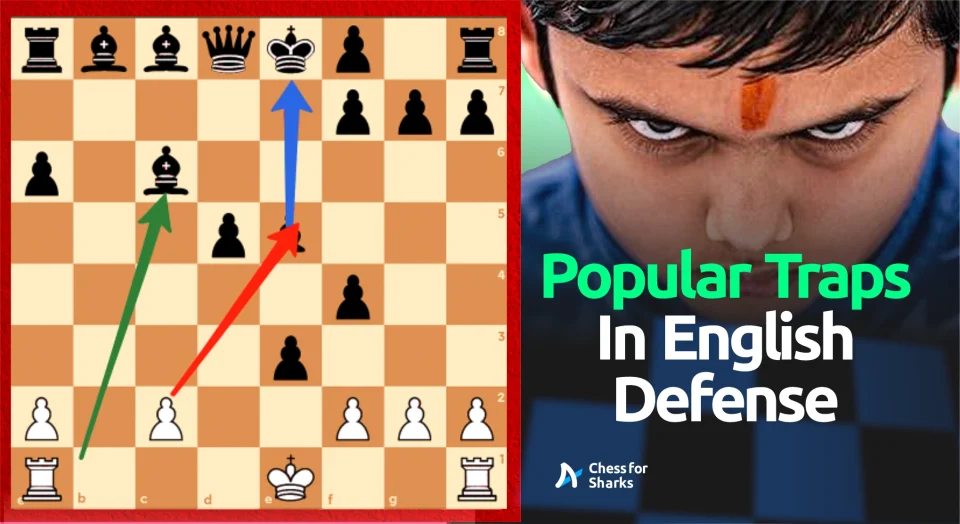
join the conversation